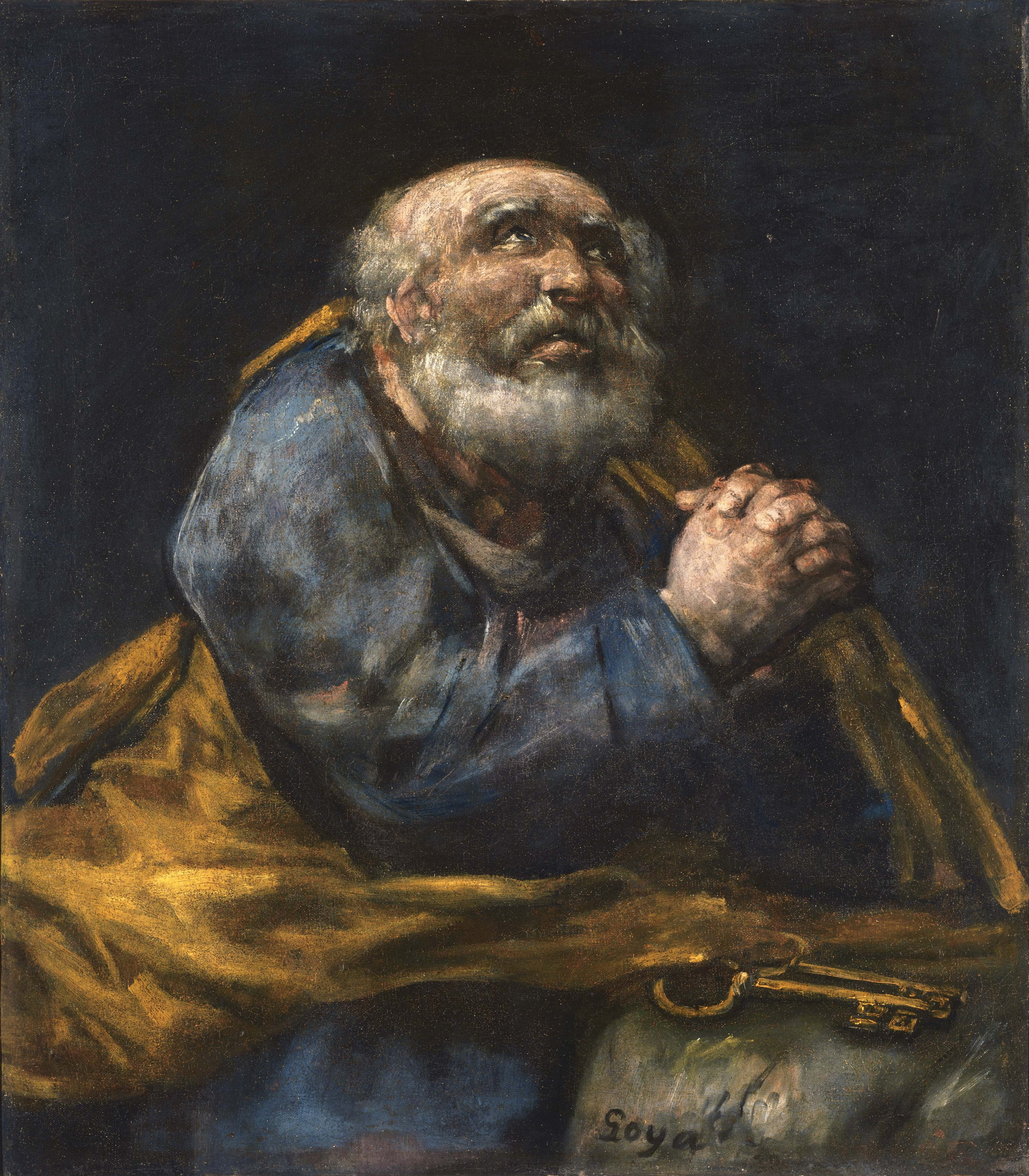The artistry challenge of 2020
This year as protein artists we will take up the challenge of making art inspired by viruses. What could be more timely? Art has always been inspired by both the joy and the turmoil in the world. Goya exemplifies this truth.
Our main question this year
The guiding question in our ten weeks together will be, “What is a virus?”
Is this a valid question? How might we answer it?
Relying as we do on our senses, we may try to turn the question into something along the lines of “What does a virus look like?” or “What does a virus feel like to the touch?” After all, our first answer to the question, “What is a tree?” would be to give our visual description of the trunk, limbs and leaves, or perhaps we might answer with our feeling and impression of the shade cast by a tree on a sunny day.
But how can we use our senses to answer “What is a virus?” when an individual particle is too small to be seen by the naked eye, and the protein molecules of the capsid are tinier yet? Sure, scientists commonly sketch pictures of viruses, but aren’t the rules that are typically used to depict molecular scale objects nothing more than arbitrary choices, such as the convention that carbon atoms are painted black, oxygen atoms red, and so on? How would you pick the “color” of virus that is physically too small to have any color?
If we turn the question into a bulkier “What does a big collection of viruses look like?”, then we may as well be asking, “What does a virus factory look like,” since the way to make a big collection of viruses is to have one of them infect a living cell and subvert its mechanisms toward rampant viral manufacture. Is the art of a virus, therefore, the art of the infection? Or for that matter, the art of the inoculation against the infection? Gilbray showed us so in 1802 in his famous cartoon of early methods of vaccination.
Can we turn viruses into artwork?
There are many reasons for wanting to artistically depict a virus. Art meets science each time we are curious about the latest virus arriving on the world stage. We clearly need to know whether this year’s coronavirus “looks” like the SARS virus from the 2003 epidemic. We need to know whether the proteins projecting from the surface of a virus are positioned in such away that they might serve as triggers for the body to fight off the infection because antibody molecules raised in the blood might bind to those surface proteins and interfere with the life cycle of the virus. How can artistry and illustration best depict the details of those surface features to give a comprehensive “scientific view” of the invisible? A similar need comes in needing to know the internal layout of a virus. How is the lengthy RNA of the coronavirus so tightly packaged within a small diameter capsid?

Covid-19 virus. Watercolor. David Goodsell in the Sunday Washington Post (March 22), with commentary by Philip Kennicott
Could the devil, and a cure for the devil, be found in such intimate details. What does it take to kill a virus? Soap? Sunlight? Soap and water and sunlight?
The artist Angel Gilmour says, “The sciences and the arts are asking the same questions: who, and what, are we?” Gilmour wants “to make the viewer aware of the hidden imagery and architecture that exists all around them.” Can art help to unleash an awareness of the hidden details of the situation we are in, inspiring new ideas?

Boolean Logic.a contemporary painting by Angela Gilmour.
Thanks to science, we know a lot about viruses. Let’s now go forward in this pandemic year to expand our understanding of the very human question of what a virus is.




